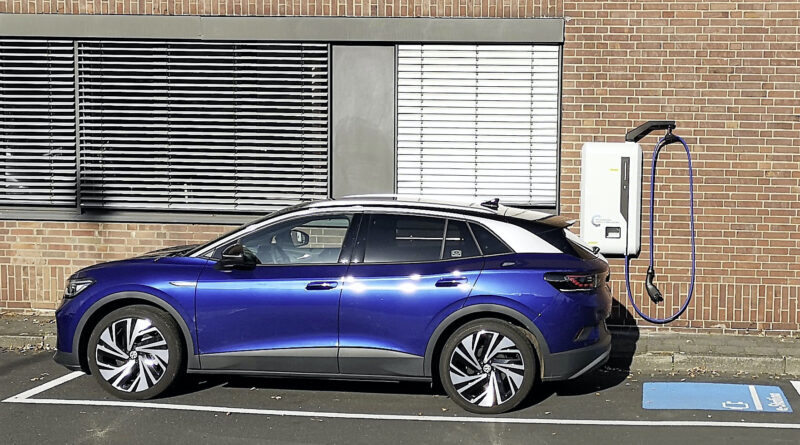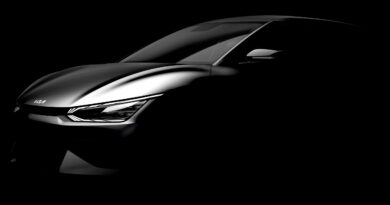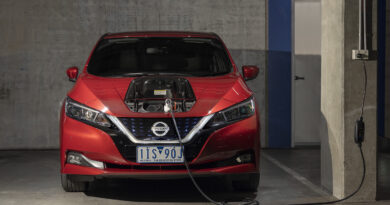Revolutionary DC home charger under development
Volkswagen is developing an innovative new wallbox to bypass the bottleneck that slows charging when an EV is plugged in at home.
The VW wallbox is designed to deliver DC electricity directly into EV battery packs, at up to 22kW. This is double or three times the power that typical on-board chargers can handle, meaning the recharge will be much faster.
Existing wallbox technology delivers AC electricity to an EV’s on-board battery charger. The charger handles the conversion to DC, which is the kind of electricity batteries store.
The problem is that charging speed is limited by the specification of the on-board charger hardware. Most on-board chargers have maximum power ratings from around 7kW up to 11kW.
The VW DC wallbox doesn’t push power through the on-board charger. Instead it connects to the DC pins of a CCS charge port, the same ones that are used when hooking up to public DC fast chargers that are much more powerful than 22kW.
It’s not known whether the VW DC wallbox will be compatible with EVs made by other brands. If it is, it potentially means faster home charging will become an option for any owner of an EV with a CCS connector. Most European-made EVs and the Tesla Model 3 use CCS.
VW has begun a field trial of its DC wallbox. As part of a pilot program it has installed 20 prototypes, like the one pictured above, at five of its factories across Germany. “The goal is to gather practical experience in order to develop the DC wallbox quickly in the direction of series production,” the company says.
VW says the production version of the DC wallbox will be capable of bi-directional charging. In other words, electricity can flow both into and out of the battery, if the car is equipped with the software and hardware to handle two-way traffic.
“In the future, electric vehicles that feature this function can, for example, serve as a power storage unit for private homes or as a buffer for the power grid,” VW says.




